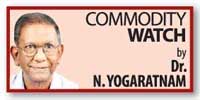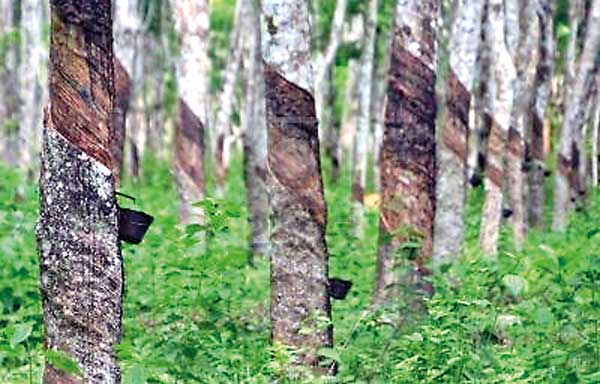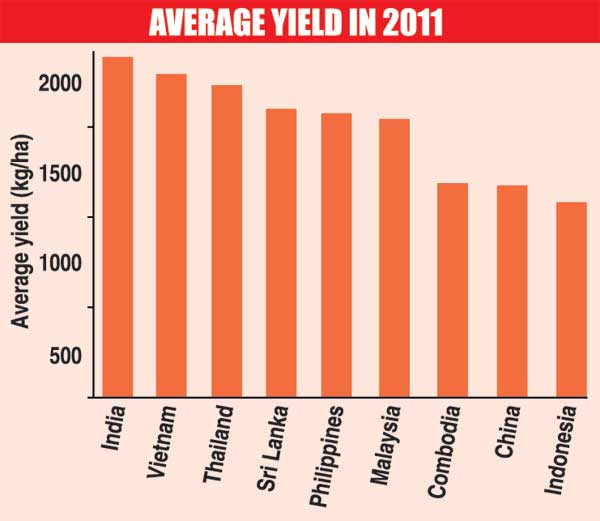15 Aug 2012 - {{hitsCtrl.values.hits}}
 Is Sri Lanka satisfied with the award-winning NR productivity of about 1250 kg/ha? Although the national productivity in 2011 had been 1558 kg/ha, research yields much higher than this and the Indian national yield is 1835kg/ha. Are we not interested in boosting our productivity by year 2021 (10 years) to 2000 kg/ha? By this time, India and even Vietnam would yield around 2250 to 2500kg/ha. Where have we gone wrong?
Is Sri Lanka satisfied with the award-winning NR productivity of about 1250 kg/ha? Although the national productivity in 2011 had been 1558 kg/ha, research yields much higher than this and the Indian national yield is 1835kg/ha. Are we not interested in boosting our productivity by year 2021 (10 years) to 2000 kg/ha? By this time, India and even Vietnam would yield around 2250 to 2500kg/ha. Where have we gone wrong?

26 Nov 2024 2 hours ago
26 Nov 2024 2 hours ago
26 Nov 2024 2 hours ago
26 Nov 2024 3 hours ago
26 Nov 2024 4 hours ago